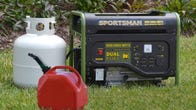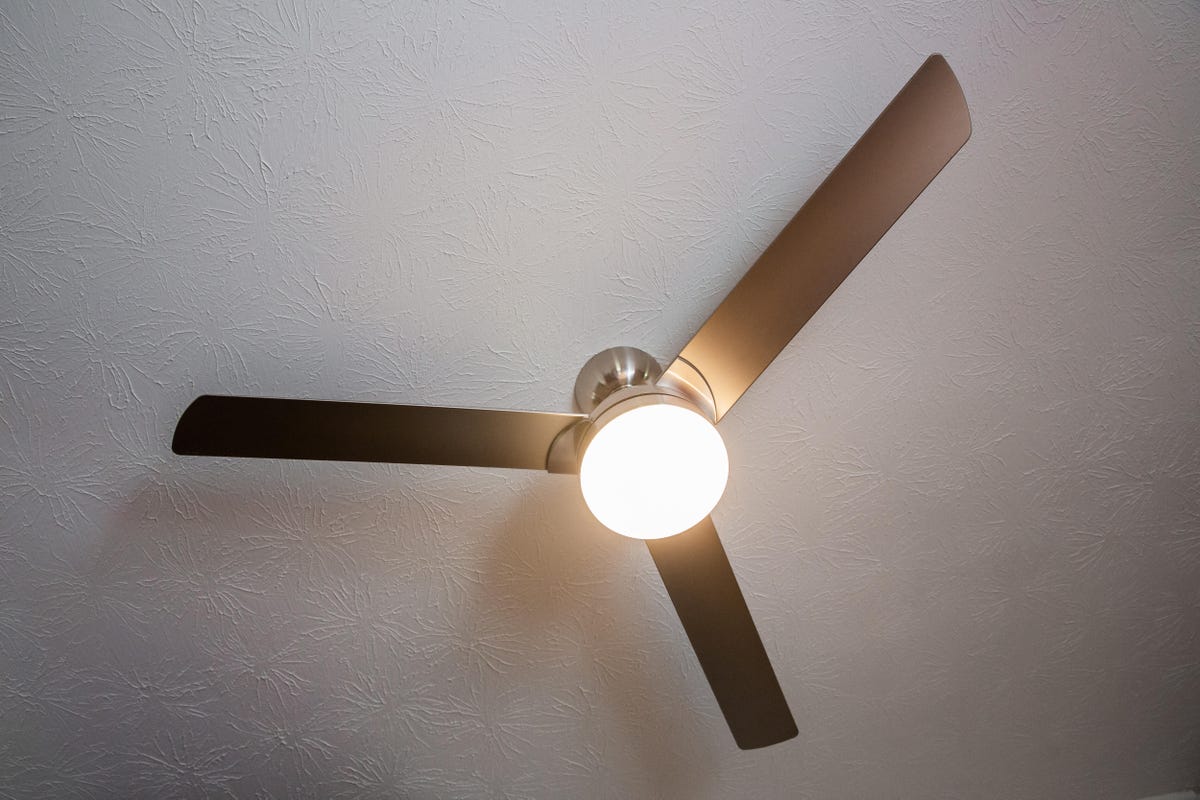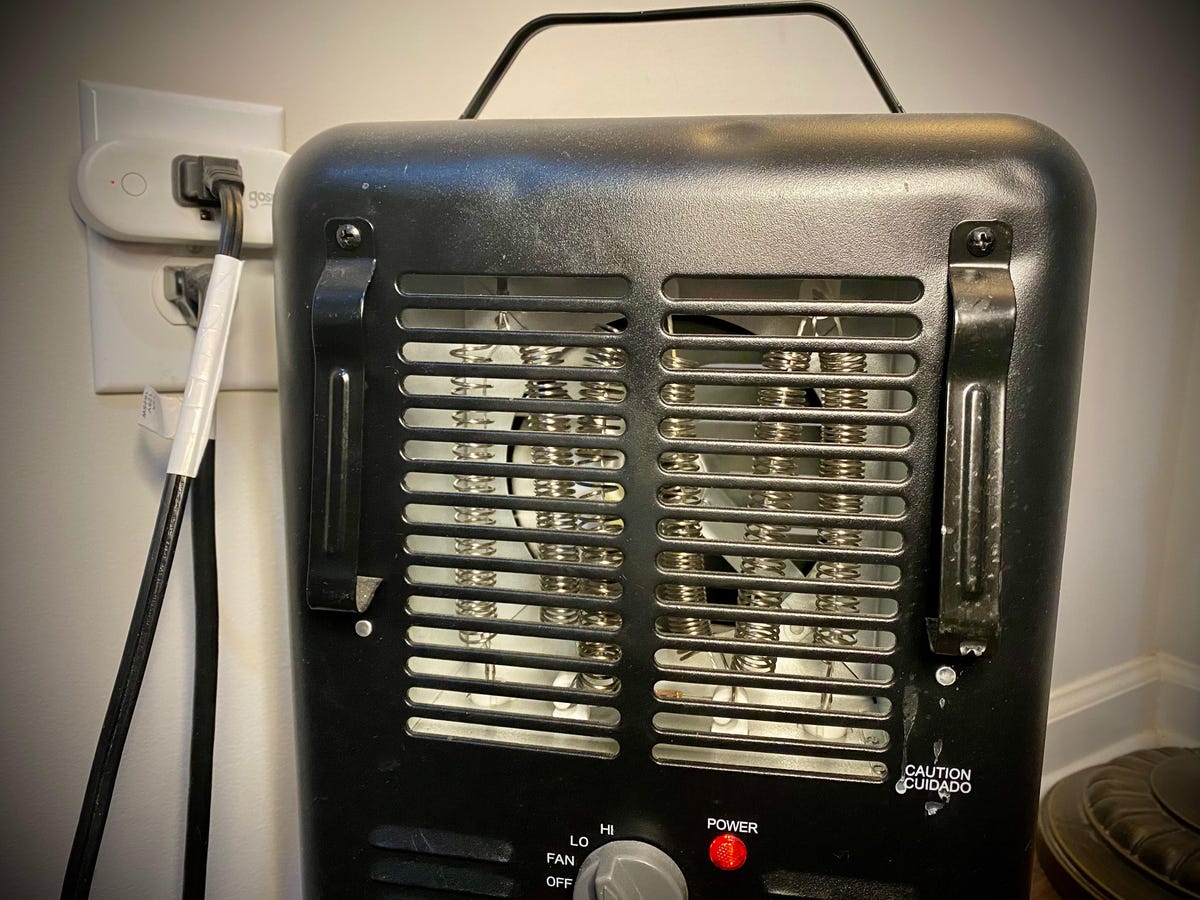This story is part of Home Tips, CNET’s collection of practical advice for getting the most out of your home, inside and out.
Though it’s the height of fall in many parts of the US, whether you’re ready or not, winter is coming. (Insert Game of Thrones joke here.)
Depending on where you live, that may mean snowfall and subzero temperatures. Regardless, there’s no time like the present to prepare for the cold season — especially as extreme weather conditions become more common.
Preparing your home for winter takes some effort, but many of the best measures are easy and free. Use these home maintenance tips to create a winter home maintenance checklist, so you can spend those cold days warm and cozy. We’ve also got tips on how to protect your pipes and how to keep your pets safe and calm during a winter storm. We also break down how much it costs to run a space heater.
Best Portable Generator of 2022

Check your house for leaks and drafts
Leaks and drafts coming in through cracks in walls, doors and windows can prevent proper heating and increase energy bills. If your energy company doesn’t provide a home energy audit, perform one yourself. Here are a few ways to seal leaks and drafts:
- Put caulk, foam or weatherstripping around moving doors and windows.
- Use bubble wrap or a window insulator kit to seal up windows you won’t be using.
- Add a storm door to reduce heat loss at the main entrance.
- Install insulation in your attic to prevent ceiling heat loss.
- Replace poorly insulated doors made of wood with an Energy Star-rated door like steel or fiberglass.
- Cover mail slots and pet doors with insulation or heavy towels to keep warm air in and cold air out.
- Use blackout curtains on your windows, keeping them open during the day to let the sun in and closing them at night to keep the heat in.


Get a chimney inspection
Before you use your fireplace or wood stove for heating, have the chimney or flue inspected and cleaned by a professional. This step can prevent fires in chimneys, which along with other wood-burning devices, account for 18,000 residential fires each year.
A blocked chimney or flue can also increase your chances of carbon monoxide poisoning. Don’t forget fresh batteries in your smoke and carbon monoxide detectors.
If you have a nonworking or decorative fireplace, you could lose valuable heat through the open fireplace. Investing in a chimney balloon can prevent heat from escaping and cold winter air from coming in. Just make sure to remove it if you want to start a fire later on.
Have your furnace inspected
If you have a furnace, you should have it inspected each year, just like a chimney. If your furnace isn’t working properly, an early inspection can give you time to buy a new one before winter sets in. You should also consider having your air ducts cleaned or cleaning them yourself. Make sure you’re also changing your furnace filters regularly to keep your furnace working properly. (Plus, here are five signs you may need a new furnace.)
Cover bare floors
Laminate, wood and tile floors look great, but they can cause you to lose heat during the winter. As part of your winter home maintenance checklist, consider adding rugs or installing carpet over your bare floors to keep your feet warm and prevent heat loss.


Ceiling fans aren’t just for cooling during the warm months. They can also help when it’s chilly.
Sarah Tew/CNET
Reverse ceiling fan blades
If your home has ceiling fans, you should switch the blade rotation with the seasons for best results. With most ceiling fans, the blades should move counterclockwise in warm months, pushing cool air down. In winter, switching the blades to clockwise rotation on the lowest setting can push the warm air in the room down from the ceiling to keep you warmer.
Prepare for winter storms
Pay attention to the weather so you have plenty of time to prepare if a winter storm is on the horizon. Have your home and car emergency kits ready to go at all times and make sure your car’s maintenance is up to date with a full gas tank in case you need to leave.
If you don’t have a portable generator at home, now might be the time to buy one. Generators can keep your home warm until the power company can get you back up and running.
Invest in an easy-to-read thermometer
For the seniors in your life, it’s always a good idea to have a large, easy-to-read thermometer in a prime location inside the home. Older people may not feel temperature differences as easily, which can cause serious health issues, especially if they live alone. Having a thermometer and checking the temperature regularly can help them know when to bundle up or if there could be a potential heat loss problem in the home.
Best Smart Thermostats for 2022

Free up the radiators
If you live in a home with radiator heating, freeing up the space around your radiator can keep large furniture from absorbing the heat meant for your family. You can also prevent heat loss from leaving your house through an exterior wall by putting aluminum foil behind the radiator to reflect heat back into the room. A floating shelf placed strategically above the radiator can also keep hot air from moving up to the ceiling too fast. Just make sure you don’t place anything on the radiator itself.
If your heating system can’t keep up, consider investing in a space heater — just make sure you’re using it safely to avoid a fire.


Space heaters can help a particularly cold room stay warm, but make sure you use them safely.
Dale Smith/CNET
Prepare for snow and rain
Cold weather can do a number on your home, and you don’t want to have to clean and repair after winter. Instead, add some basic winter home maintenance to the checklist and complete it long before the cold takes hold.
- Insulate any exposed pipes in your attic and basement to prevent them from bursting.
- Make sure your sump pump works properly and there is nothing clogging the exterior drain.
- Properly insulate walls and ceilings to prevent condensation, which can lead to mold or mildew.
- Keep your gutters free of debris, ice and snow, which can pull down your gutters and cause roof damage.
- Turn off outside water faucets and pipes, clear the lines of water and insulate them to prevent water leaks in your yard.
Take care of low-hanging branches
Trees surrounding your home can cause severe damage to your house and even cause you to lose power. The weight of snow after a storm can cause limbs to snap, or bring the entire tree down on your home or power lines. Before it snows, have the tree’s health checked and remove any dead limbs — or any that could cause serious damage if they fell.
Preparing your home for winter by completing the winter home maintenance checklist can keep you warm, prevent cold-weather damage and insulate your energy bills. While it’s toasty inside, you can still enjoy the great, chilly outdoors with these tips on exercising outdoors while it’s cold. When you’re done, you can warm up next to your fire pit before you head indoors.


